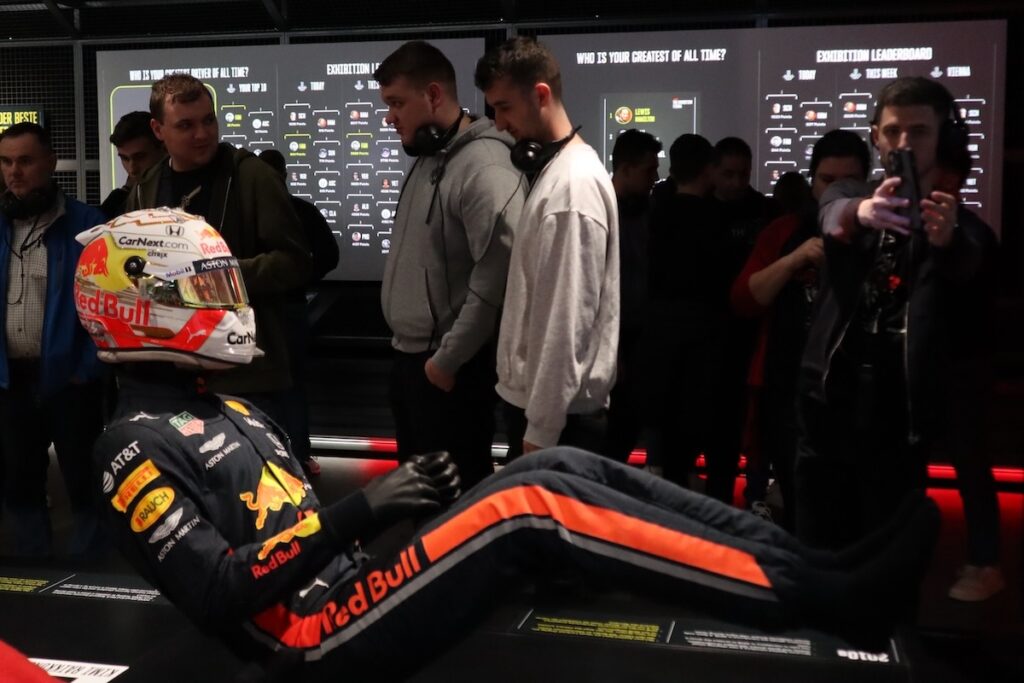
Visiting the Formula 1 Exhibition, currently in Vienna, is a must for serious fans of the sport and worth the admission price, says Károly Méhes.
When the Formula 1 Exhibition first opened in the Spanish capital of Madrid last year, I think many of us wanted to go, but didn’t necessarily want to travel so far. Luckily, it has now moved much closer to my home in Central Europe, so it was an easy decision to visit the Formula 1 Exhibition | Vienna soon after it opened in February of this year. Like Spain, Austria is a country with a rich Formula 1 heritage, and Vienna was a deserving choice.
DID YOU KNOW? The first Formula 1 Exhibition was staged at IFEMA Madrid last year and became Spain’s biggest-selling temporary show of 2023. Earlier this year, it was announced that the Spanish Grand Prix will move from Barcelona to a new circuit in the same area of the Spanish capital! Learn more about the new home of the Spanish Grand Prix.
In Vienna, the F1 Exhibition is being held at the METAstadt, an event space housed in a rejuvenated industrial building on the outskirts of the city. The METAstadt is basically a very large box, which, for the purposes of the F1 Exhibition, has been separated into themed rooms connected by corridors.
It’s worth noting that you need to book tickets in advance. Not only for a specific day, but also for an allotted time. This was clearly done to manage guest numbers and ensure that the exhibition is not too overcrowded at any one time. However, during my visit on March 15, which happened to be a national holiday in nearby Hungary, it was still on the verge of being unbearably busy.
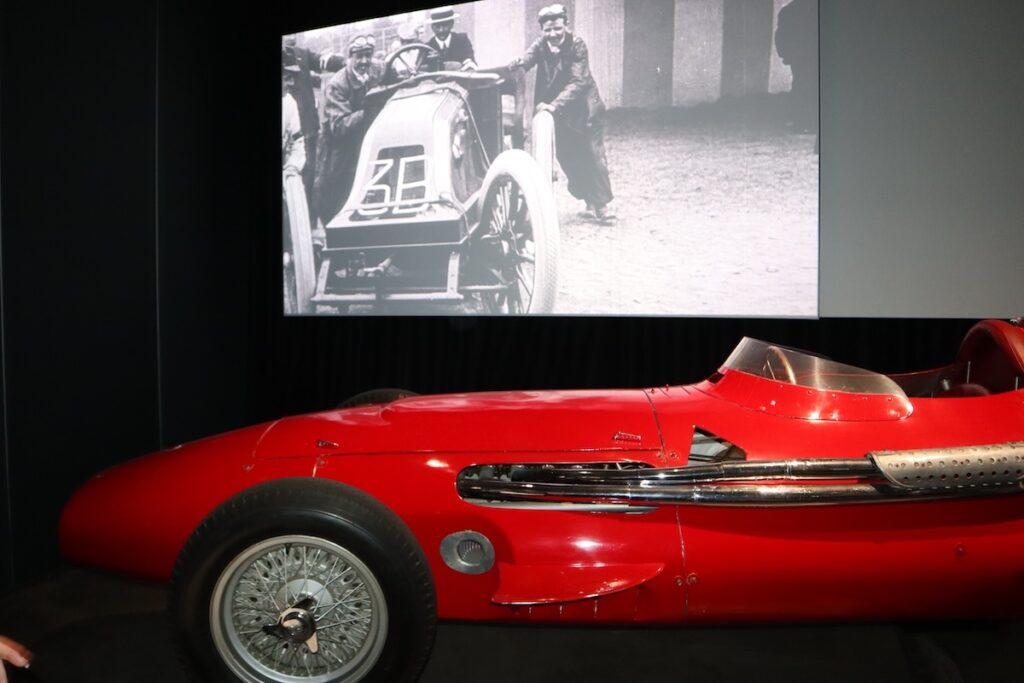
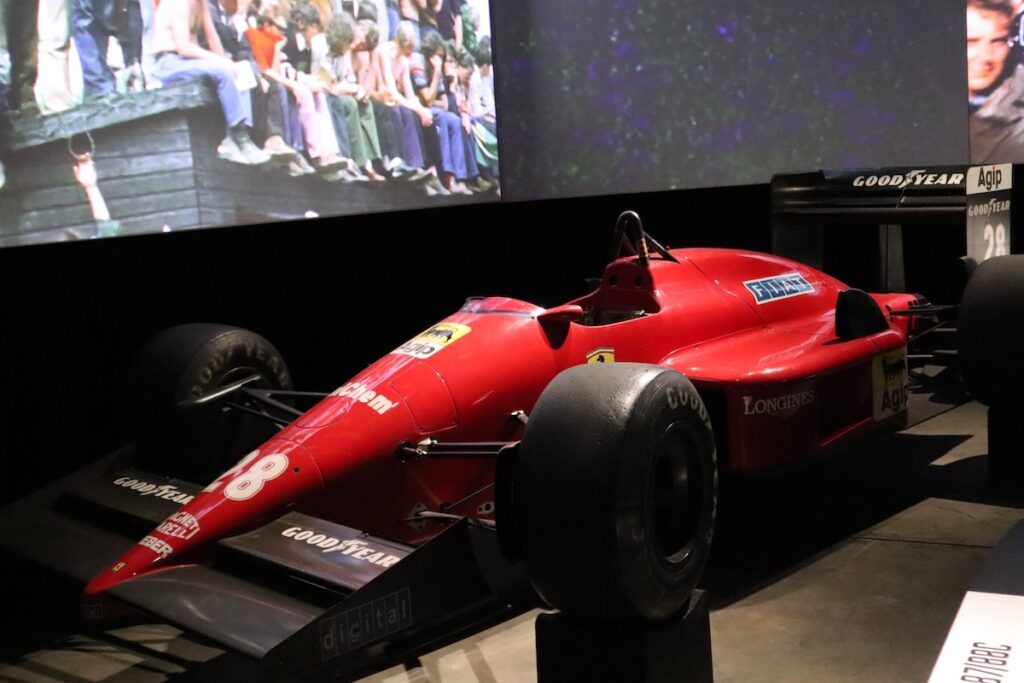
There’s a lot to take in during your visit to the F1 Exhibition (90-120 minutes is the recommended visiting time). You can see the exhibits, listen to an audio guide and read the detailed panels for an even deeper dive into each of the aspects of the sport that are featured. I prefer to take it all in visually and with the audio guide, while others prefer to study the panels as if reading a book. Either way, it is very well designed and gives visitors deep insights into our sport. Every aspect of Formula 1 is covered.
History
The modern era of Formula 1 started in 1950. Many legendary drivers have taken part since then, like Fangio, Clark, Stewart, Senna, Schumacher, Hamilton, and even Verstappen. Austria’s local heroes, Jochen Rindt and Niki Lauda, were not forgotten. The exhibition features images and videos showcasing F1’s history, as well as a unique starting grid. This showcased the best drivers from different eras of the sport, complete with original racing suits and helmets. From Max Verstappen and Carlos Sainz all the way back to René Dreyfus and Achile Varzi, it was a fantastic display!
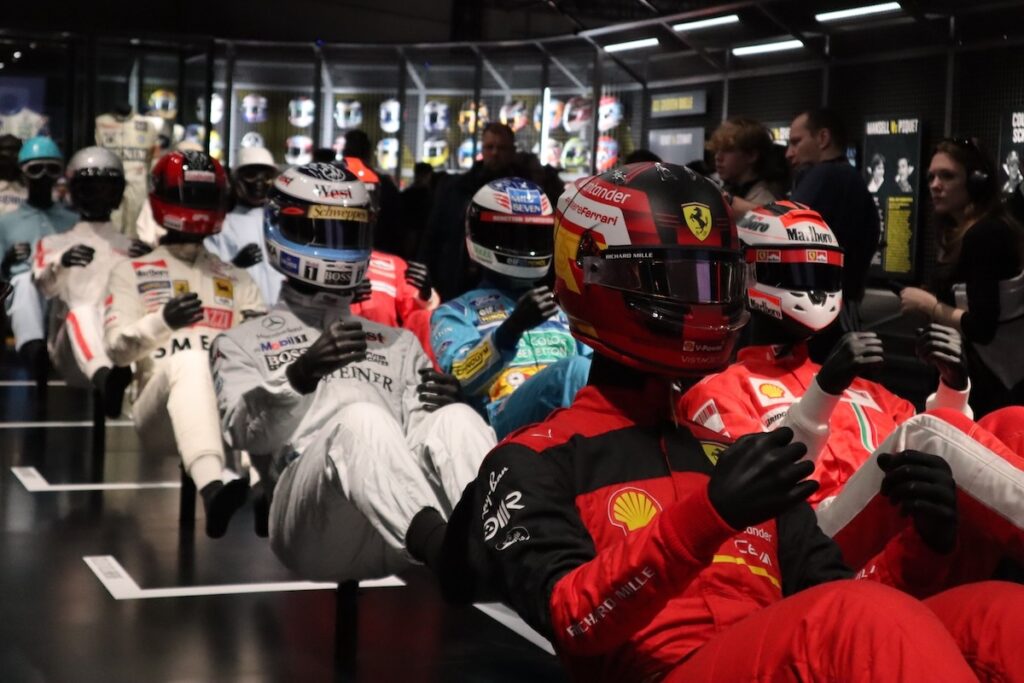
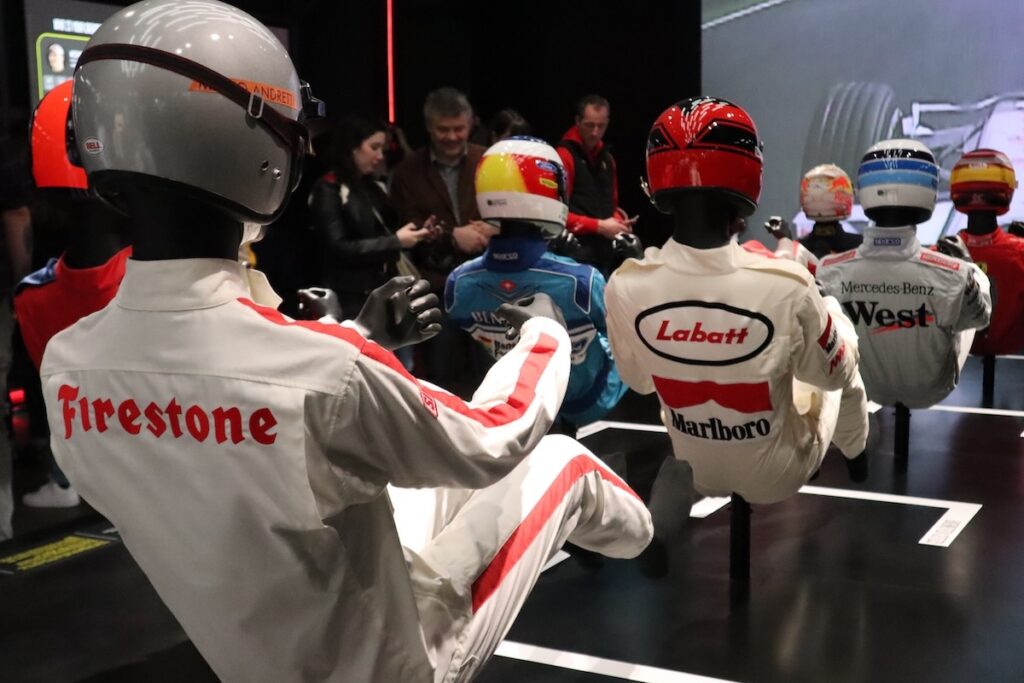
The racing cars which are present also bring Formula 1’s history closer to you. From an old 1950’s Maserati to a simple yet elegant Ferrari from the late 1980s (the one driven by local driver Gerhard Berger, of course) and finally, to the newest Austrian winning machines from Red Bull Racing. The reminders that we were in Austria were a nice touch.
Behind the Scenes
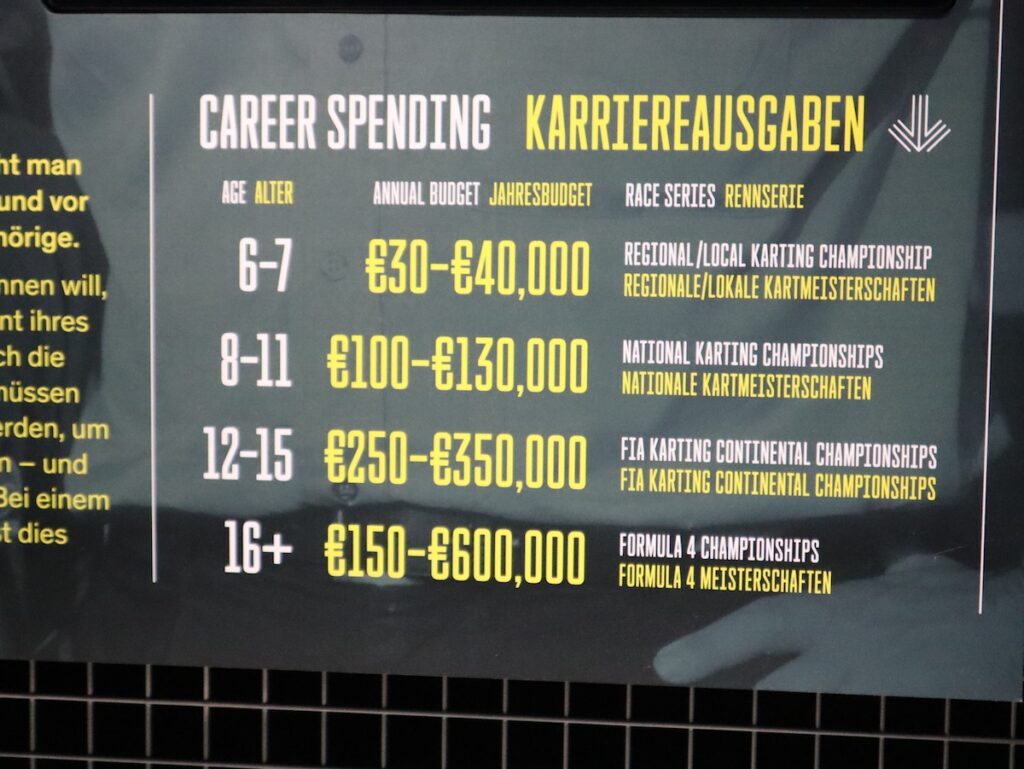
Many aspects of the sport are featured in the exhibition. For example, how can teams and drivers achieve success in the sport today? How do you even define success in financial and sporting terms? Key details, facts and figures are presented alongside interesting illustrations, like Lewis Hamilton’s go-kart and racing suit from when he was climbing the ladder to Formula 1. You can even find yourself on the pit wall during the race, complete with all the data on the screen to help your team achieve a good result in the race!
Innovation

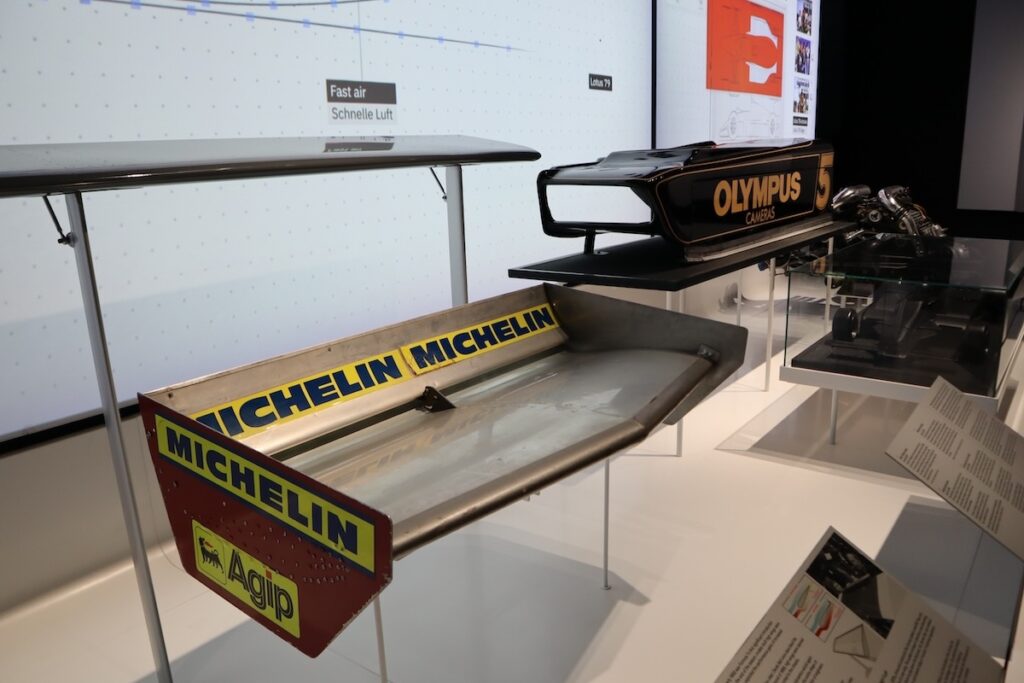
Keen observers of the sport will know that Formula 1 is all about both technological innovation and technical precision. Without a fast car, even the most brilliant driver cannot shine. The contribution of design geniuses like Colin Chapman and Adrian Newey cannot be understated. It’s this aspect of Formula 1 that is perhaps best showcased at the exhibition.

You can see the rapid development of the monocoque, the introduction of front and rear wings, the improvement of braking and other systems. To illustrate the rapid development of Formula 1 cars, we can see important early examples of new technology like the tube frame chassis of Jim Clark’s Lotus, the wing car concept by Colin Chapman, the first carbon fiber chassis of the McLaren MP4 designed by John Barnard in 1981 and the TAG-Porsche turbo engine which took McLaren to three consecutive world driver’s championships from 1984-86 with Niki Lauda and Alain Prost.
Safety
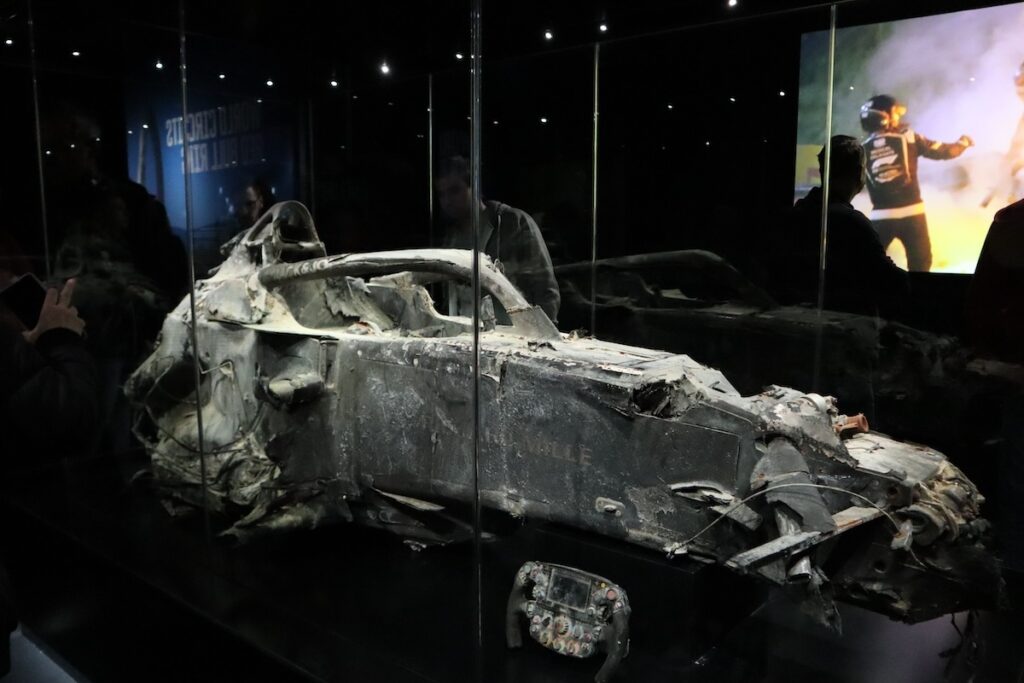
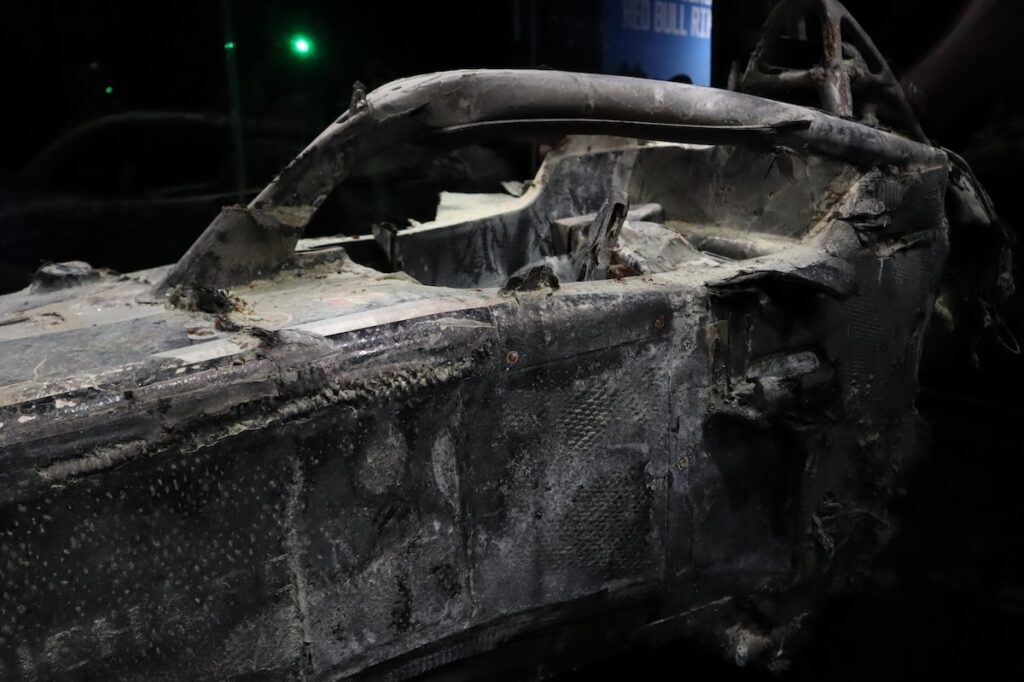
The last room is the highlight of the exhibition, though it does show the dark side of the sport. Keen fans will know how deadly Formula 1 was in the early years and how many great drivers lost their lives to fatal accidents in pursuit of their dreams. Today’s Formula 1 is much safer, but the element of danger has not been completely eliminated. The best example of this is the charred remains of Romain Grosjean’s Haas after the Swiss-French driver’s fiery accident on the first lap of the 2020 Bahrain Grand Prix. It’s a scary reminder that even a modern Formula 1 car can turn into a fireball in a millisecond, but also testament to the safety of modern Formula 1 that Grosjean was able to escape the wreck with only minor injuries.
As is customary with today’s museums and exhibitions, your visit to the F1 Exhibition ends in a gift shop, where you are free to spend much more money than you paid to see the exhibition itself. Another reminder that Formula 1 is an expensive hobby!
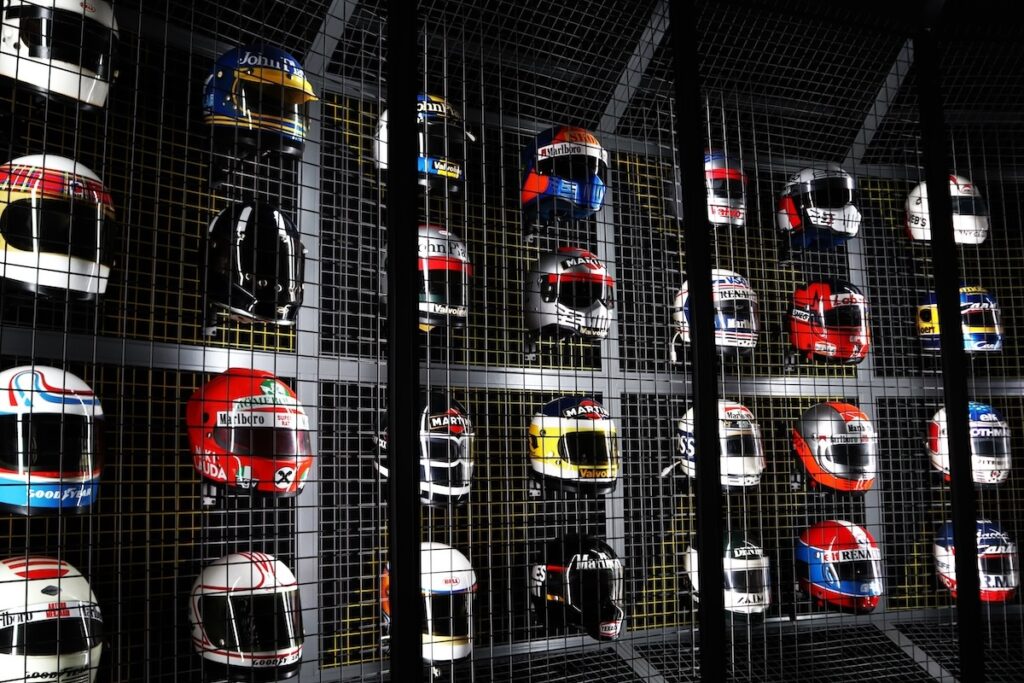
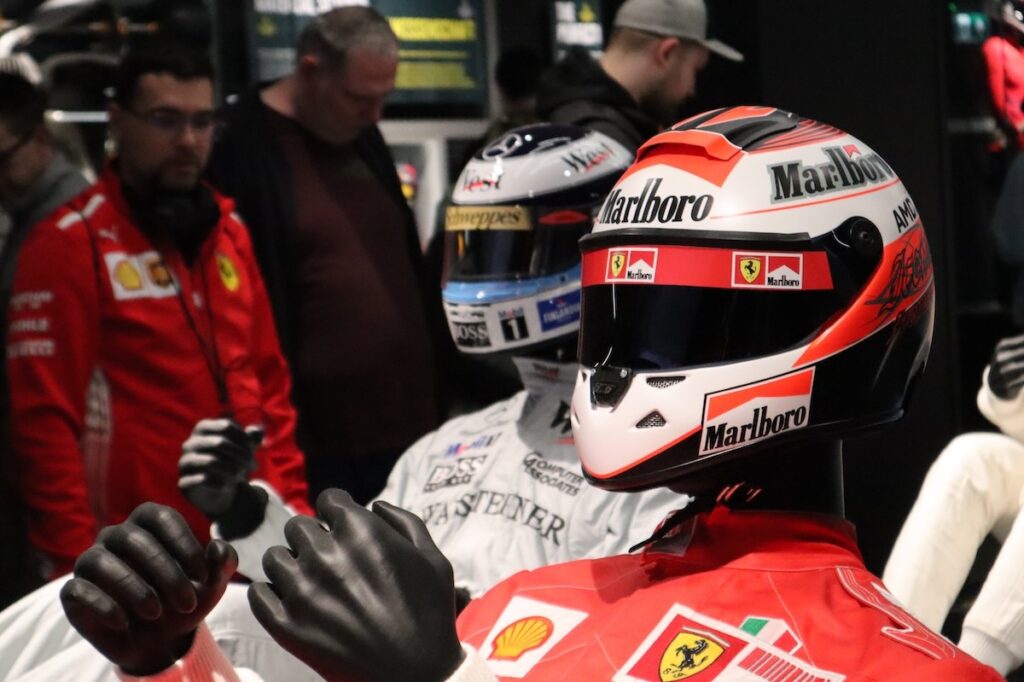
Visit the F1 Exhibition
- Formula 1 Exhibition | Vienna: The Formula 1 Exhibition is at METAstadt in Vienna until June 16, 2024. Tickets are still available, priced from €32.40.
- The Formula 1 Exhibition | Toronto: Next month, the Formula 1 Exhibition moves to Toronto, Canada. It will be staged at the Lighthouse ArtSpace Toronto from May 3 to July 14, 2024. Tickets are now on sale, priced from $42 CAD.



